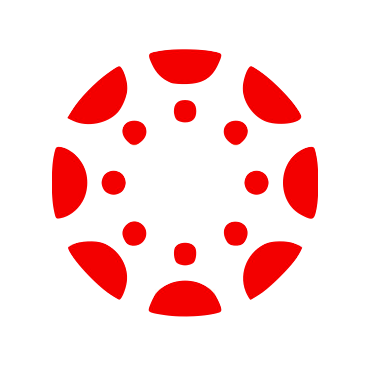Conifers Laboratory & Media Piece

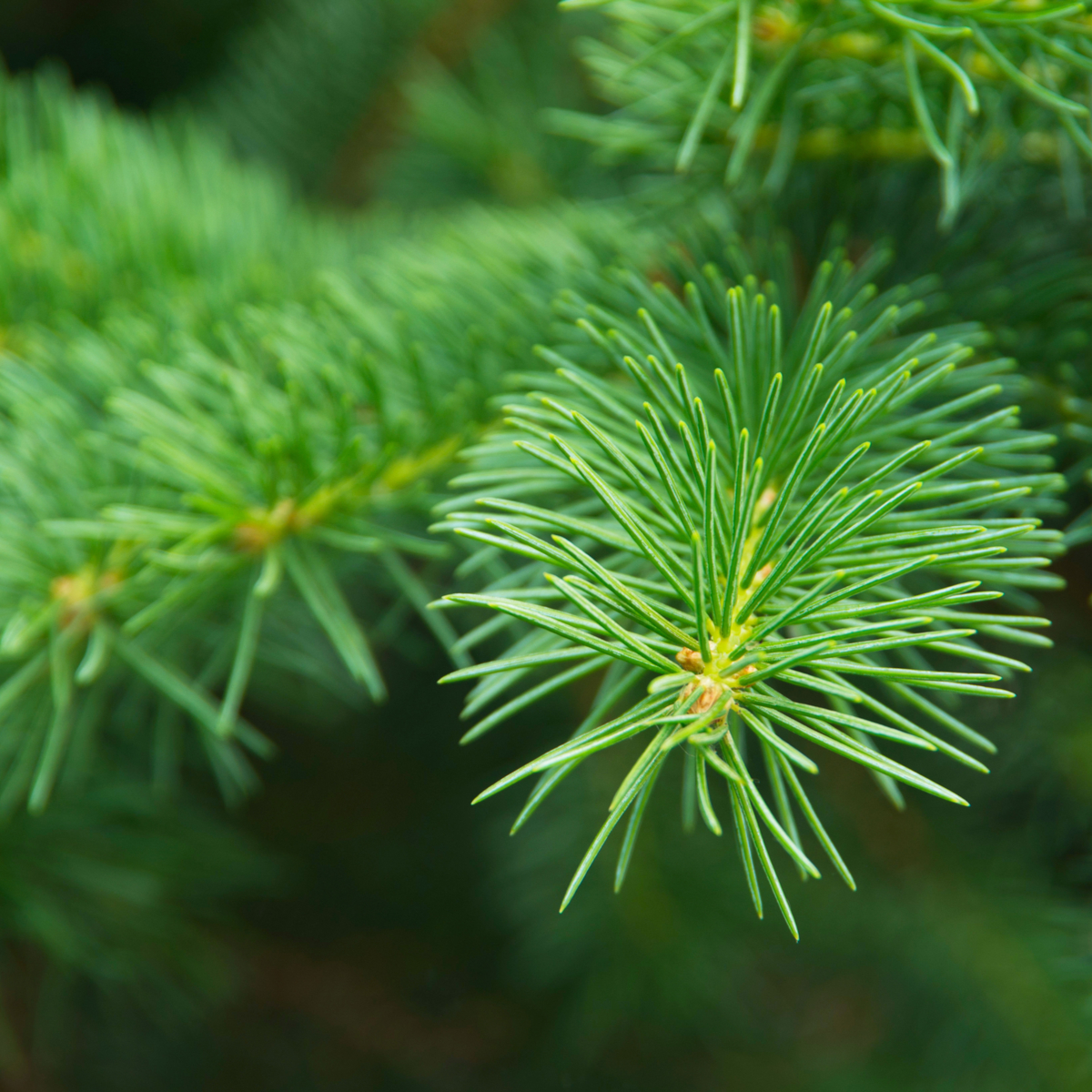
Conifers Objective:
Make a field guide that identifies conifers based on their leaves; including pine, fir, spruce, cedar, and sequoia.
If you have not already completed the Latitudes lecture guide, the Taiga page includes an introduction to coniferous trees.
Background for Conifers Assignment
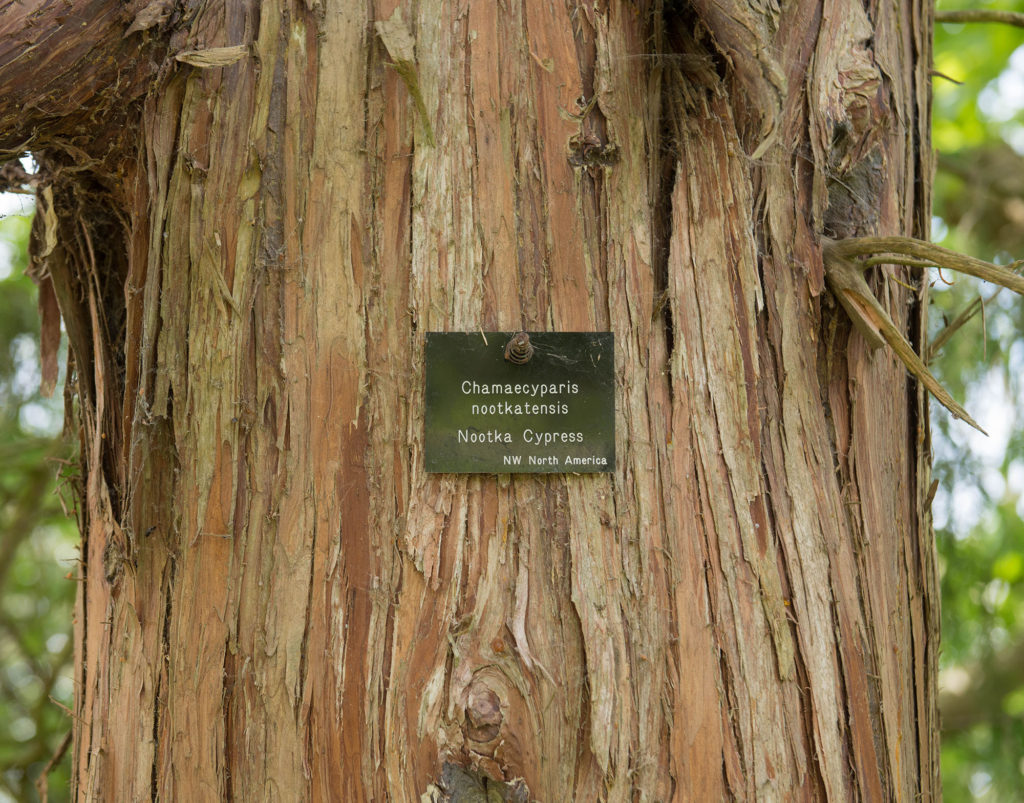
Conifers can be identified by bark, cone, leaves, and even overall shape.
We are using leaves as the method of classification as this works on even the youngest trees. You can often find dead leaves under a tree if the branches are out of reach.
Often plants are identified using dichotomous “two-choice” keys, like this one.
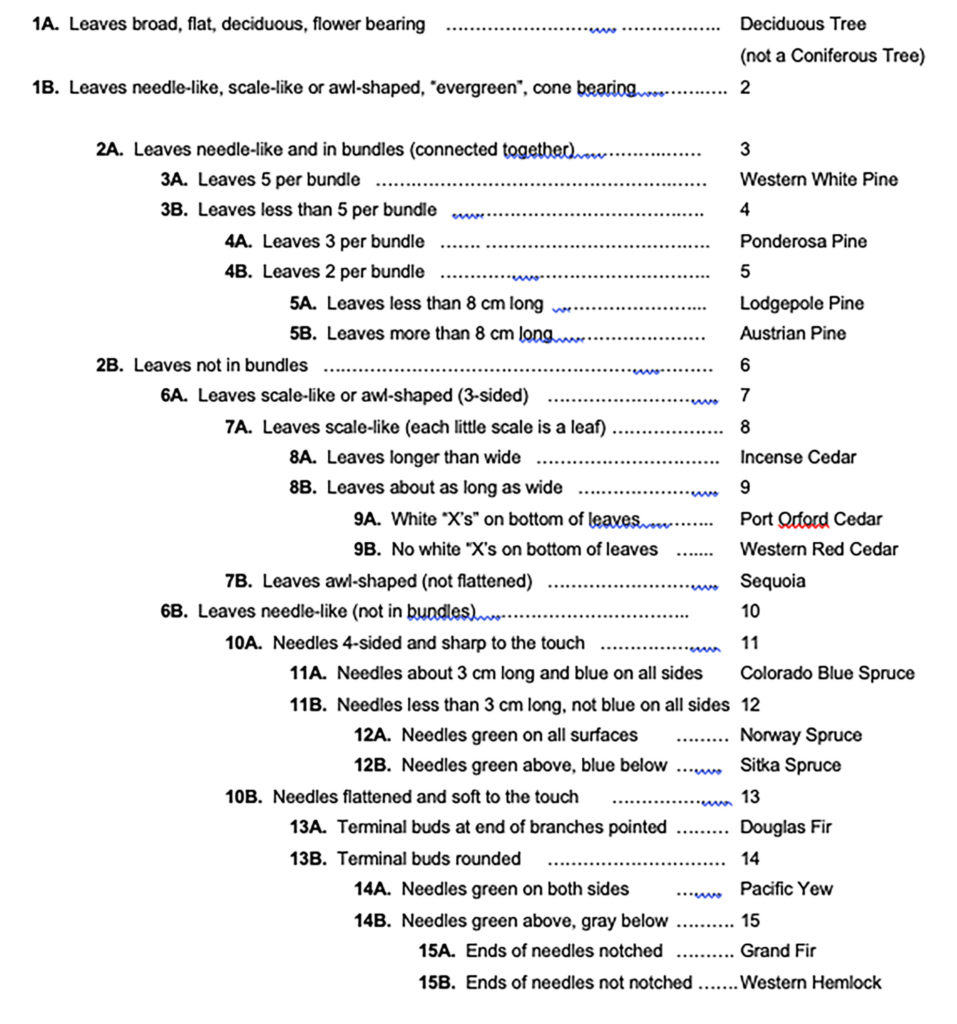
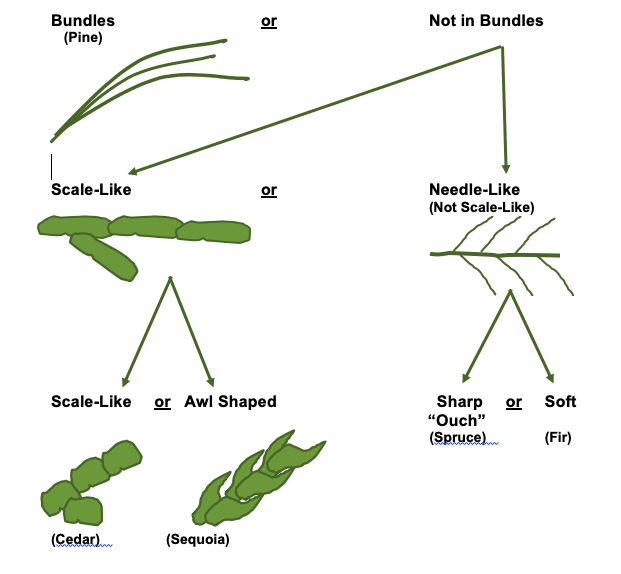
The other option is a visual key that uses two choices with picture cues.
To start using either of these keys to identify a conifer by its leaves, pick a leaf up from the ground under the tree.

Determine whether the leaves are in bundles or not in bundles. These needle-shaped pine leaves are attached together at the base and are an example of a leaf bundle. When you pick them up off the ground, there are two, three or even five needles attached together in a bundle, depending on the species.
Pine trees are an example of needle-like leaves in a bundle.
These fir leaves are also needle-shaped but are not in bundles; each leaf falls off individually.
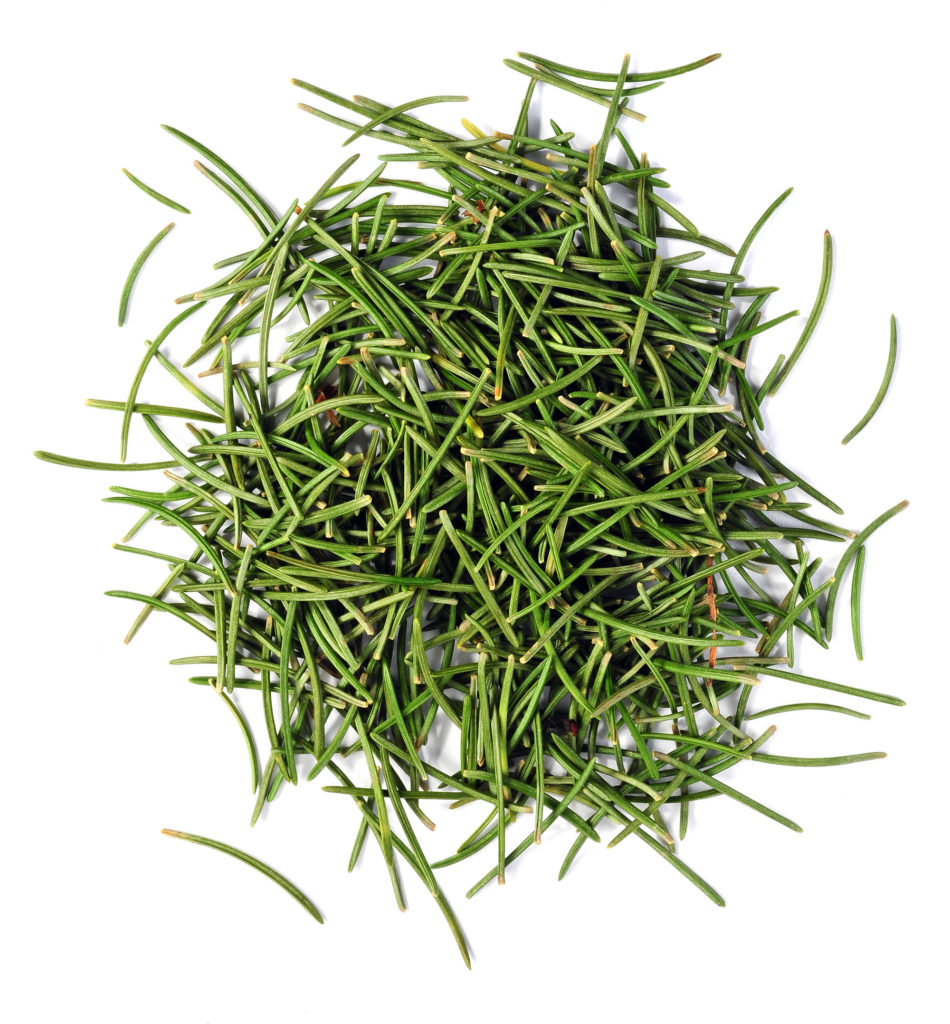
Both fir species and spruce species have needle-shaped leaves that are not in bundles. Typically the fir needles are softer, you can run a stem through your fingers easily. Generally the spruce leaves are sharp to the touch.

Fir
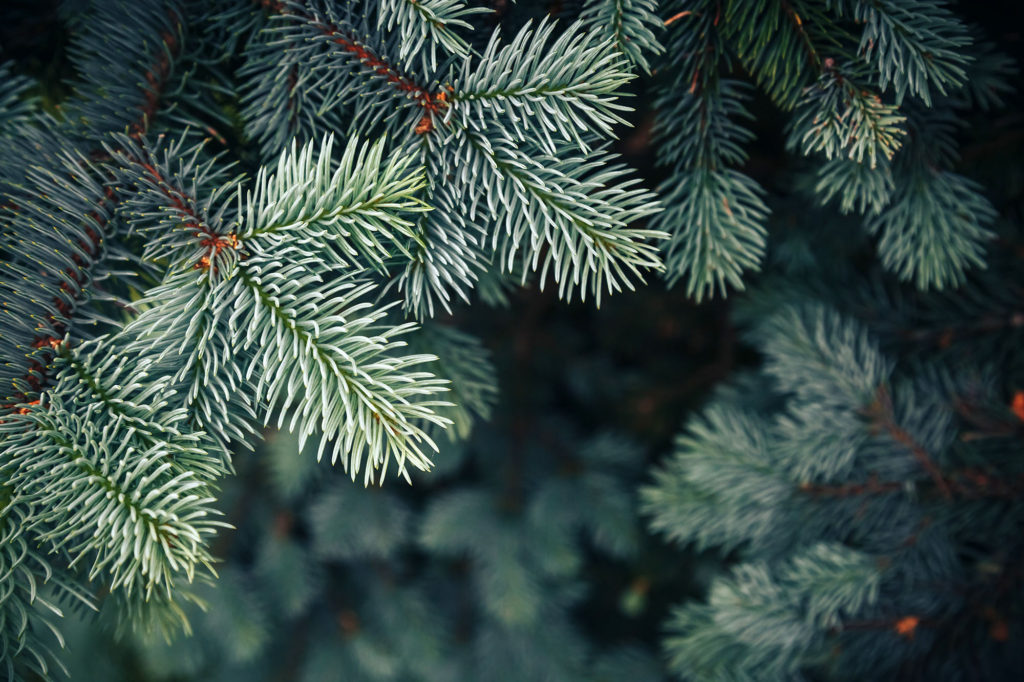
Spruce
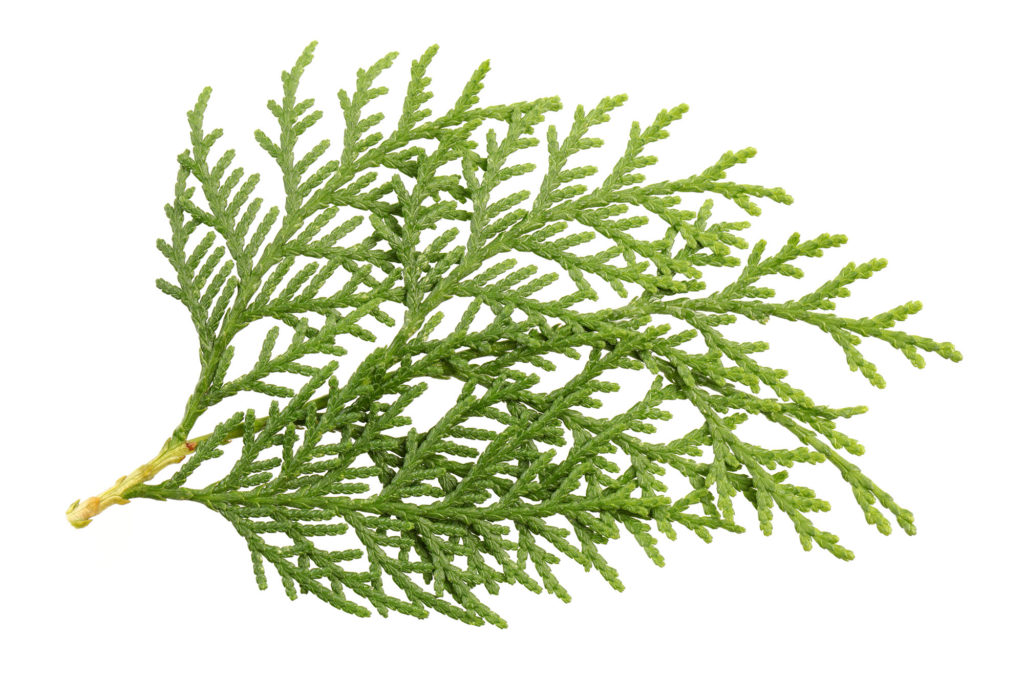
Not all conifers have needle-like leaves. The cedar pictured here has scale-like leaves that overlap.
Cedar leaves are scale-like and flattened. Sequoia also have scale-like leaves, but they are more three-dimensional and sharper to the touch.

Cedar
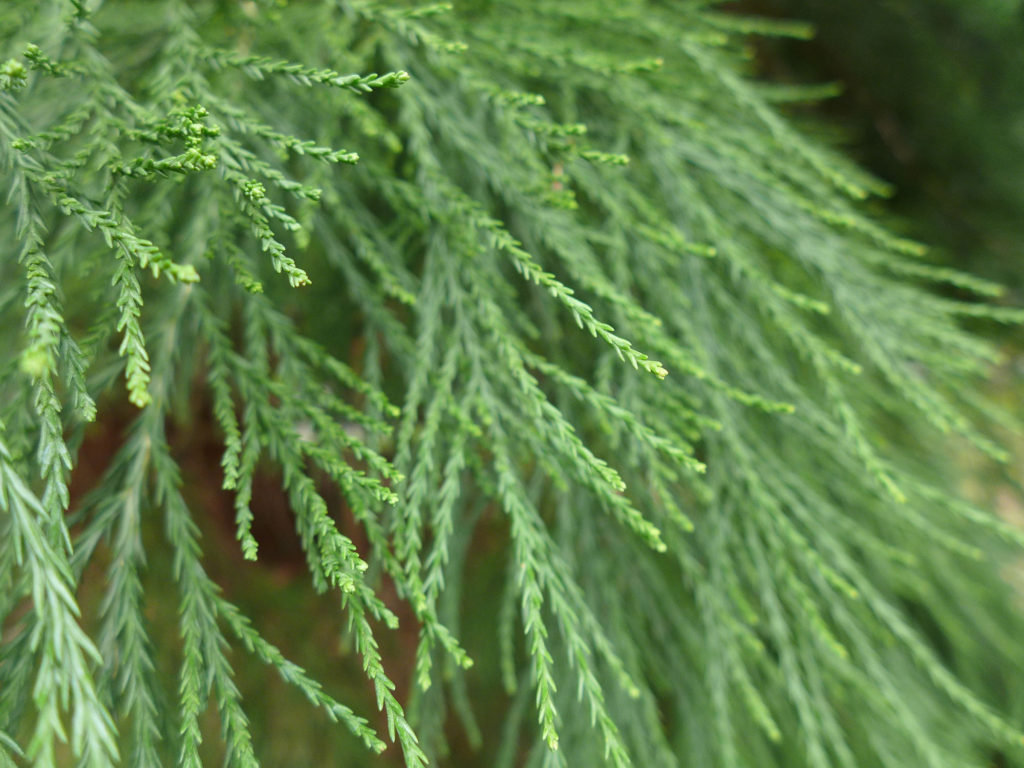
Sequoia
Is this a pine, fir, spruce, cedar, or sequoia?
Identify these two trees, choosing from pine, fir, spruce, cedar, or sequoia.

Flattened scale-like leaves

Leaves not in bundles & sharp to the touch
Conifer Identification Media Piece Assignment
Conifer Identification
Develop a mini field guide that distinguishes between pine, fir, spruce, cedar, and sequoia based on leaf (needle) structure. You can use captioned photos, labeled drawings, narrated videos, or a combination. Be clear and accurate in distinguishing between these five general types of coniferous trees. Add your personal perspective.
Your perspective could include: an example of responsible collecting, safety considerations, interesting information, a map locating trees, unique visuals, creative writing, etc.

